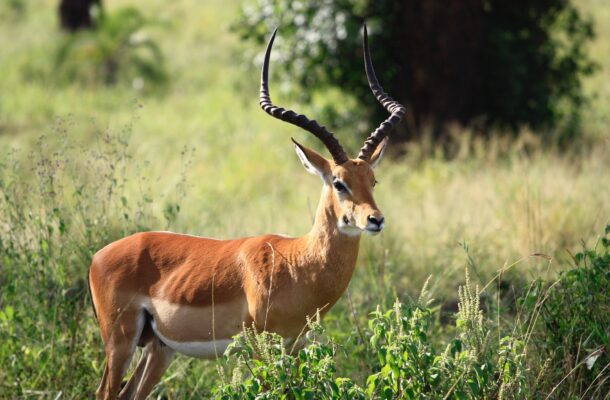Last chance to save nature

A recent survey of people aged between 18 and 28 found that around 40% of them believed that the Earth is in an irreversible climate change crisis. More young people are refusing to buy cars or houses; more are suffering from depression leading to self harm and suicide in the belief that big business and our leaders are doing very little to mitigate the crisis.
Our method of government, democracy, depends on the average person to be aware of what we need to do in order to have a good life. This is the issue – what we need, not just what we want. ‘Want’ tends to be a short term concept and hence we elect those who say they will deliver just that. ‘Need’ requires the knowledge to know what is necessary to have a reasonably good life; citizens on the whole do not have that knowledge.
We need to know how to live without doing irreparable harm to our environment and this can mean some unpleasant truths – decreasing the world’s population, recycling unwanted goods, decreasing our dependence on fossil fuels and imported items which can be produced locally, not using short-term plastics. Most of us are aware of some of the things we should be doing but feel that our contributions are inadequate.
We have recently found that the fossil fuel producers have been under-reporting their carbon pollution for years. The methane emissions from the Tundra regions is far larger than science predicted. The problem is exacerbated by the military in all countries, even in times of peace, as are ships, planes and motor vehicles.
Scientists tell us that we should cut our emissions by a much greater amount but although most people agree, we are not doing this. It is very difficult for most of us to see or plan more than a few years into the future so maybe we deserve to leave the planet to the insects as science fiction writers have been proclaiming since the 1960’s.
In October, the 2022 Living Planet Index, an analysis of 5230 vertebrate species, suggested that populations of mammals, birds, reptiles, amphibians and fish have, on average, declined by 69 per cent since 1970. When enjoying spring birdsong or the butterflies of summer, it has becoming increasingly difficult not to feel sorrow for all that’s been lost in recent decades – the species once common but now rarely seen, the hazy memory of air thick with insects.
However, on the positive side more than 190 countries have cemented a hard-fought deal to safeguard nature, known as the Kunming-Montreal Global Biodiversity Framework, during the COP15 international biodiversity summit. “It’s a historic moment for biodiversity,” says ecologist Kina Murphy. For the first time, the agreement sets quantitative biodiversity targets, including:
- Protect and restore 30% of the world’s land and seas globally by 2030
- Reduce the extinction rate by tenfold for all species by 2050
Critics noted that the deal lacks mandatory reporting requirements and fails to call out the most ecologically damaging industries, such as commercial fishing and agriculture.
But while vast numbers of species are currently under threat from habitat loss, climate change, over-exploitation and invasive species, the fortunes of some have turned around. In July, we had the news that southern fin whales now appear to be doing well in the Antarctic, following a 1976 southern hemisphere ban on hunting these animals.
An aerial survey revealed 100 small groups of these whales in the Weddell Sea, and eight unusually large groups of as many as 150 individuals. This was followed by the news that Saiga antelopes are now doing well on the Kazakhstan steppe, after being hunted close to extinction nearly two decades ago and then suffering huge fatalities due to bacterial infection in 2015. It had looked so bleak for these odd-nosed animals but the population has grown tenfold from 130,000 individuals to 1.3 million.
This year a community-led conservation programme in Guatemala has set two decades of deforestation in the Maya Biosphere Reserve in reverse. The area had suffered great losses due to cattle ranchers and drug traffickers. To halt this, the programme granted local communities control of the forest, on the proviso that they conserve it, and researchers helped these communities to find ways to live off these forests sustainably, producing goods like allspice, gum and pepper with minimal felling of trees.

Alan Stevenson spent four years in the Royal Australian Navy; four years at a seminary in Brisbane and the rest of his life in computers as an operator, programmer and systems analyst. His interests include popular science, travel, philosophy and writing for Open Forum.












